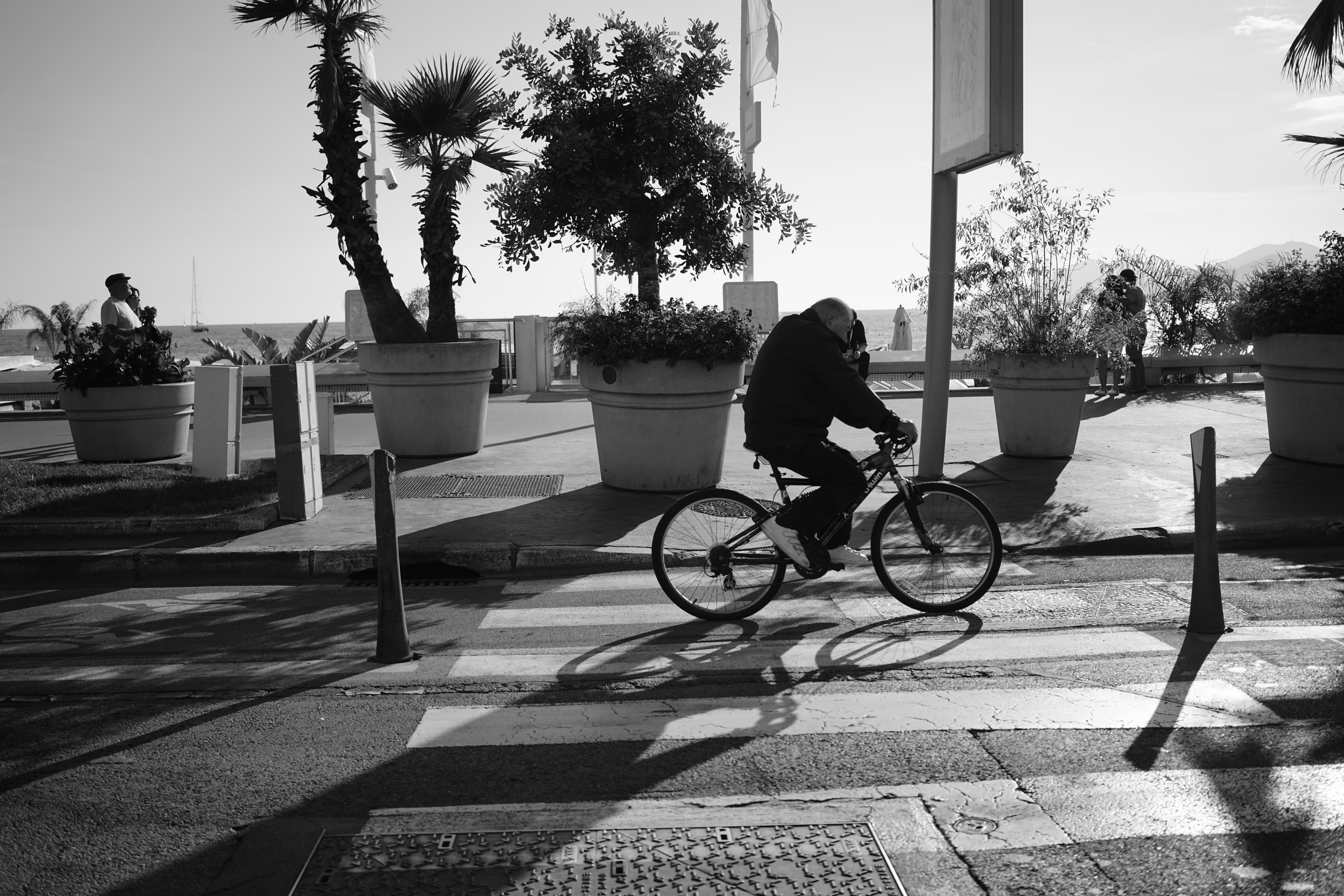As you know, the pandemic affected many things, including the indigenous people of the Far North. Immediately after the pandemic, I traveled to many remote regions of Russia and collected many stories of change from indigenous communities. Events that people had been preparing for all year were canceled; these were sometimes the only links in the chain that kept the culture alive. Some traditions and customs never returned. I realized that separating people can destroy not only mental health, but can easily destroy culture, connections, and all the things that keep indigenous communities and their culture alive. The photos reflect the state of life for the different nationalities in 2021 when the pandemic began to recede, bringing life back into the communities.














































